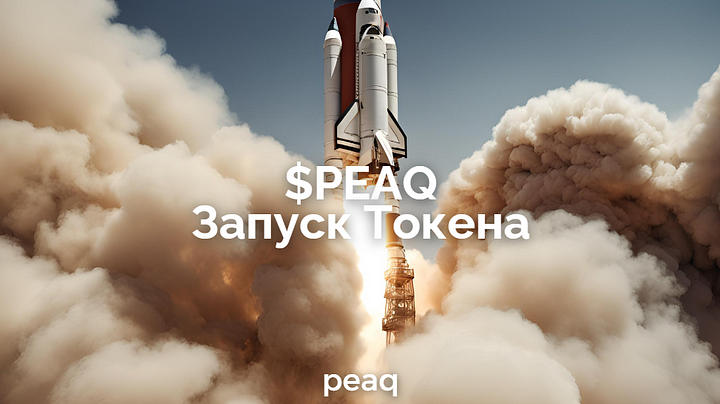The internet has changed our lives in unimaginable ways. From connecting people worldwide to enabling businesses to thrive, it’s hard to imagine life without it. But have you ever thought about who controls this vast digital space?
That’s why we have Web3, the next big thing in the evolution of the internet. In this guide, we’ll explore what Web3 is, why it’s important, and how you can get started.
What Is Web3?
To get a grip on Web3, it helps to first understand the evolution of the internet:

Think of Web1 as a library where you can only read books. Web2 lets you write your own book and share it, but the library owns it. Web3? You own your book and decide how it’s shared.
How Did Web3 Come About?
Web3 didn’t just pop out of nowhere. It’s the result of decades of innovation and the need to solve the problems of Web2. Here’s how we got here:
-
Web1 (1990s): The first version of the internet was static and basic. You could only read information, like browsing a digital encyclopedia.
-
Web2 (2000s): Platforms like YouTube, Facebook, and Twitter brought interactivity. However, they also centralized control. Big tech companies started collecting user data and monetizing it.
-
Web3 (2010s & Beyond): Frustration with centralized control led to blockchain—a technology that enables decentralization. Developers used blockchain to build Web3, creating a fairer and more open internet.
“Web3 is not just an upgrade; it’s a complete shift in how we think about ownership, trust, and privacy online.”
To understand Web3, let’s rewind a little:
Here’s how the journey unfolded:
-
Web1: In the 1990s, websites were like billboards. You could see information but couldn’t interact.
-
Web2: By the 2000s, platforms like Facebook and YouTube turned the internet into a two-way street, but they controlled the data.
-
Web3: Starting in the 2010s, people began building decentralized systems using blockchain to solve the problem of centralized control.
"Web3 is about ownership, privacy, and transparency for everyone.”
Why Is Web3 a Big Deal?
Here’s why people are calling Web3 the future of the internet:
-
Ownership: In Web3, you own your digital assets. For example, if you buy a piece of digital art (NFT), it’s truly yours. Nobody can delete or take it away.
-
Decentralization: Web3 is powered by blockchain, which means no single company or government controls the system. It’s like everyone has a copy of the same rulebook.
-
Better Privacy: Your data stays with you. For example, you can log into apps using a wallet instead of sharing personal information.
-
Earning Opportunities: Web3 allows you to earn through things like cryptocurrencies, gaming rewards, or even voting in decentralized organizations.
Example: Imagine a YouTube where you earn coins every time someone watches your video, and you don’t have to share profits with YouTube.
Key Features of Web3
Here are some of the key features of Web3:
-
Decentralization: Unlike Web2, which is dominated by centralized entities, Web3 operates on blockchain networks. These networks are maintained by nodes (computers) distributed across the globe, reducing the risk of control by a single entity.
-
Ownership: Web3 empowers users to own digital assets through blockchain-based wallets, like cryptocurrencies and NFTs. For instance, owning a piece of digital art (NFT) is verifiable and unique because it’s recorded on the blockchain.
-
Transparency: Transactions and activities on Web3 are recorded on public blockchains, making them transparent and secure.
-
Smart Contracts: Web3 uses self-executing contracts (smart contracts) that automate agreements without needing a middleman.
Why Web3 Matters
Here’s why people are calling Web3 the future of the internet:
-
Empowering Users: In Web3, you own your data and decide how it’s used, unlike in Web2, where companies monetize your information.
-
Financial Inclusion: Cryptocurrencies and DeFi (Decentralized Finance) allow people worldwide to access financial services without needing a traditional bank account.
-
Innovation: Web3 enables new business models, such as decentralized organizations (DAOs), where communities collectively make decisions.
How to Get Started with Web3
Here’s what you need to know to get started:
-
Learn the Basics: Educate yourself about blockchain, cryptocurrencies, and wallets. Resources like articles, videos, and forums can be helpful.
-
Get a Wallet: Start with a blockchain wallet like MetaMask or Trust Wallet. These wallets let you store and manage digital assets.
-
Explore dApps: Try decentralised apps in finance, gaming, and social networking.
-
Join Communities: Engage with Web3 communities on platforms like Twitter, Discord, or Reddit to stay informed and connect with like-minded individuals.
Final Thoughts
Web3 is reshaping the internet as we know it, offering opportunities for empowerment, innovation, and inclusivity. Are you ready to join the Web3 revolution? Start small, learn, and take part in building the internet of tomorrow.




评论 (0)